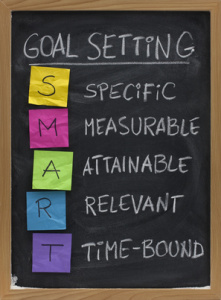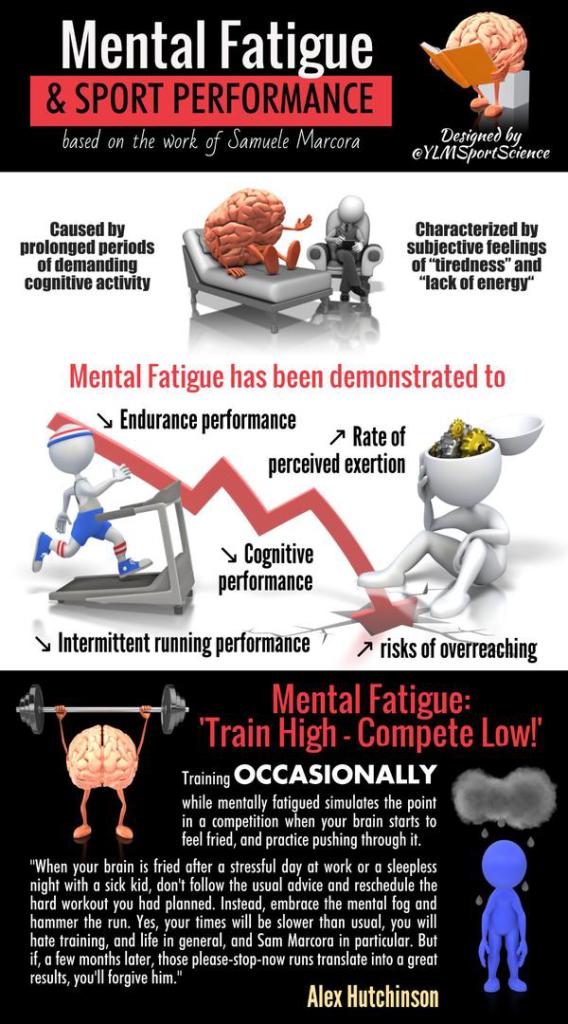January 1st is a popular time for many people to start resolutions to improve their diets. Unfortunately, it seems there is more misinformation than science-backed advice to help people make informed choices. Because common-sense advice is not as alluring as that provided in fad-diet books, it can be challenging to figure out the best way to eat for health.
Here is some advice on how to distinguish hype from reality, reviews of popular diets, and evidence-based guidelines for healthy eating.
News and Reviews of Popular Diets
 Are you curious about a certain diet?
Are you curious about a certain diet?
Do you want to give advice to a friend who’s following an eating plan that doesn’t make a lot of sense to you? The authors of many diet books spin a fine tale with plenty of anecdotes that sound very convincing.
But keep in mind. . . the plural of anecdotes is not data. Many of these books lack solid scientific evidence to support their claims.
Or, even more confusing, they seem to be scientifically based, but authors are citing only the research that supports their ideas to create a stronger case for their eating plan, while ignoring the research that doesn’t. This makes it challenging to find evidence-based and unbiased reviews.
>>Read More
 How to Eat for Health & Weight Loss
How to Eat for Health & Weight Loss
What is the best diet for health?
What is the best diet for weight loss?
These are common questions for many people, and misinformation abounds through bestselling books, media reports, internet blogs, and well-meaning friends. Who should you believe?
>>Read More
 Tips for Successful Behavior Change
Tips for Successful Behavior Change
Changing health behaviors is difficult, but certainly not impossible: it helps if you view the change as a process, and not a one-time effort. You should expect some ups and downs as you try to achieve new goals. Remember to celebrate small successes, and don’t blame yourself if you fail. Instead, try to figure out what barriers stood in your way to help you devise a better plan to succeed. >>Read More
 Nutrition Strategies for Health & Athletic Performance
Nutrition Strategies for Health & Athletic Performance
Athletes should be mindful of good nutrition for everyday and long-term health, but need different strategies than most people to meet the demands of their sport. Athletes also need to develop good sports nutrition habits so they can perform at their best. This page provides overview to help athletes choose the best foods for health and performance.
>>Read More





